Here in the capital, our museum experiences just seem to get better and better. In late June, the Acropolis Museum inaugurated an entire new exhibition level, this time beneath the main museum, in association with its already-open archaeological site. Together, the fascinating cityscape of an exposed ancient neighborhood and the rich array of ordinary household objects, workshop remnants, commercial goods and stunning statuary displayed alongside it comprise an impressive addition to an institution already well deserving of its world-class standing.
What we have here is essentially a completely new museum beneath the existing exhibition galleries. And once again, the new sub-floor spaces, like those above, are experiential for the visitor. Just as we “ascend the Acropolis” when we make our way upwards through the Acropolis Museum’s Acropolis Slopes and Archaic Galleries, ultimately reaching the Parthenon’s sculptural decorations at the top, so today can we “descend below ground” as we explore the archaeological excavation dug into the earth below the museum, with its stone walls, narrow streets, bath complexes, courtyards and collection of historical treasures that, now more than ever before, bring daily life in ancient Athens into sharp focus.
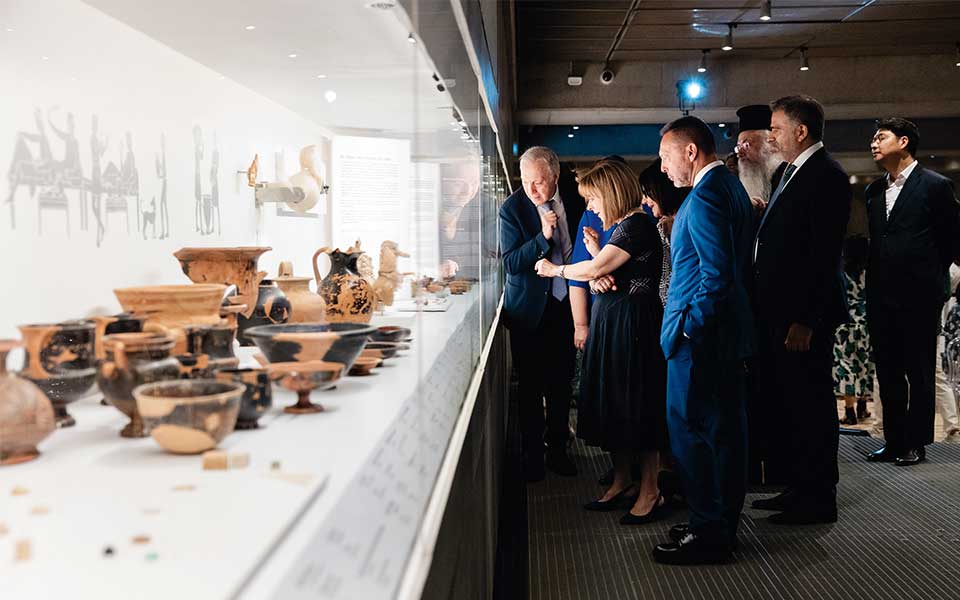
© Studio Panoulis
Another neighborhood lies below
With the Acropolis Museum in June celebrating its 15th anniversary of opening to the public, its original construction southeast of the Acropolis seems a distant memory. Who now recalls all the effort expended on finding a suitable location for the new Acropolis Museum, or the fact that an old and well-established neighborhood of modern Athens once stood where the Acropolis Museum rises today? The old must indeed make way for the new, and much was removed to allow for the construction of the Acropolis Museum.
Nevertheless, a wonderful surprise awaited archaeological investigators, as few expected the building site to contain such a complex web of well-preserved ruins that represented the successive phases of an even earlier neighborhood spanning the centuries between the Classical era and Middle Byzantine times (5th century BC-12th century AD). This was a golden opportunity for archaeologists and, through the collaborative work that followed, what became apparent was the extraordinary spirit of determination, innovation and far-sighted vision that continues to characterize the Acropolis Museum and its operations today.
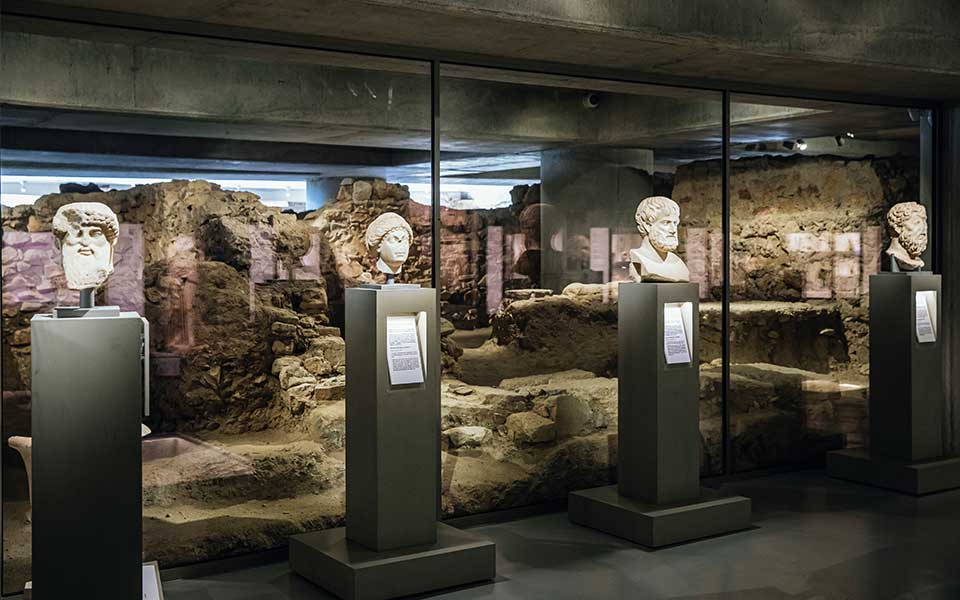
© Studio Panoulis
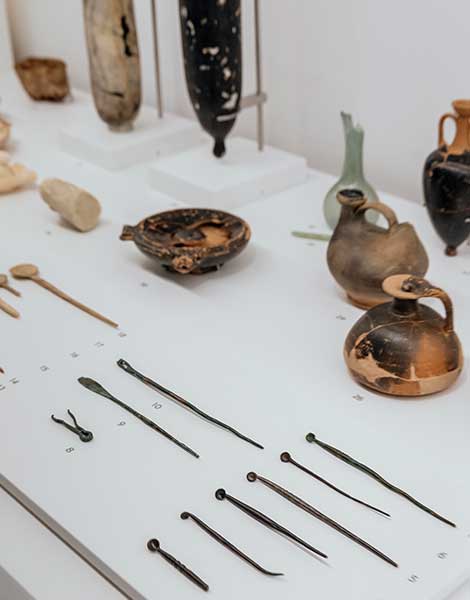
© Studio Panoulis
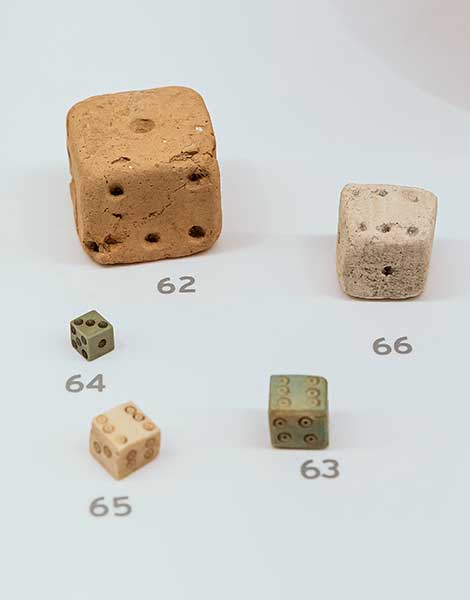
© Studio Panoulis
Probes and preservation
The archaeological “journey” that has now resulted in the Acropolis Museum’s new Excavation Museum stretches back to the 1980s, when the 3rd Ephorate of Prehistoric and Classical Antiquities (EPKA) sunk test trenches at various spots around the area that would become known as the “Makriyiannis plot” – the future site of both the new Acropolis Museum and the Acropolis metro station. In the same decade, further probes were made by the 1st EPKA beneath the historic Weiler Building (1985-86; now home to the Acropolis Museum’s administrative offices) and in the southern part of the plot (1987-89), as well as by the University of Athens north of the Weiler (1986-91, 1996-97).
After the final location for the new Acropolis Museum was chosen in 1989, two major excavations were launched: the first by the metro company in the area of the new metro station (1993-96, with the 1st EPKA supervising); and the second by the 1st EPKA where the Acropolis Museum now stands (1997-2008). It had long been suspected that important remains might lie in the Makriyiannis plot, but once the full significance of the rich finds became clear, the 1st EPKA recommended that the archaeological site be preserved as much as possible. Accordingly – and to the great credit of the Acropolis Museum’s planners, architects and builders – a new design for the museum was created and a close collaboration with the archaeologists was embraced, which allowed the precise, least-harmful placement of the museum’s support columns and the preservation (for display or protective backfilling) of much of the ancient neighborhood.
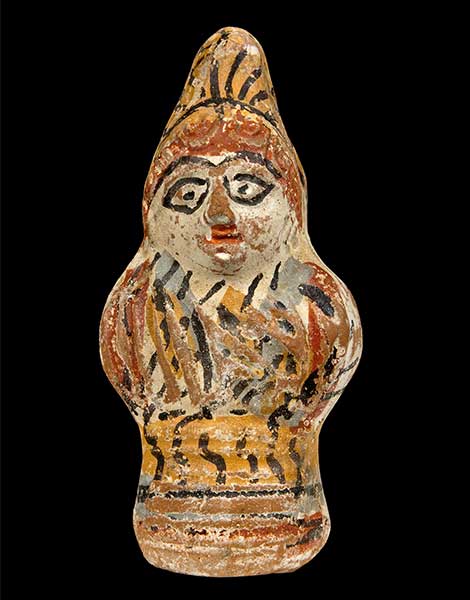
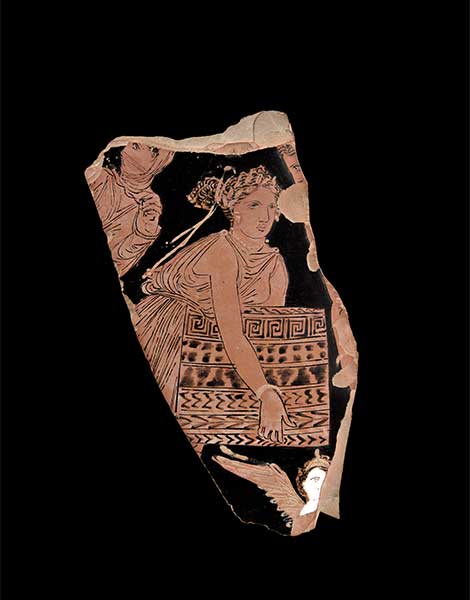
Transparent floors and a 3D museum experience
With the Acropolis Museum’s new design, the stunningly modern building became an avatar for the actual Acropolis, by virtue of which visitors can not only “climb the Sacred Rock,” appreciating its ancient sacred places and treasures along the way, but also look up or down through the structure, thanks to glass floors, and view the museum and what lies below it in three dimensions.
This remarkable architectural vision transforms the visitor’s experience from an ordinary museum tour into something truly special – for specialists and lay visitors alike – and unforgettable. In 2018, it was decided to provide even greater visitor access to the museum’s millennia-old urban setting, and today’s Excavation Museum soon became a reality: with the thoroughly conserved, now-visitor-friendly archaeological site opening in 2019, and the inaugural exhibition this summer of the ancient neighborhood’s amazing artifacts.
Easy-to-follow narrative
The new exhibition, accessed via a signposted path that descends from the Acropolis Museum’s external entrance deck, consists of a long row of display cases and an enclosed sculpture gallery standing along the southern baulk (a segment of unexcavated archaeological deposits left standing between the trenches) of the open excavation site. Arranged in 20 thematic units distinguished by clearly-written storyboards, the artifacts illuminate the history and development of the Makriyiannis plot’s human occupation, which began as early as the mid-4th millennium BC. The two initial displays (Before Joining the City, and The Final Farewell) take us from the handmade pottery and packed-earth house floors of Late Neolithic settlers (3500-3100 BC) on the Acropolis’ slopes to the small communities of Middle and Late Bronze Age people that appeared sometime between 2000-1600 BC and 1600-1100 BC respectively.
Subsequently, until the mid-8th century BC, the area was used only as a cemetery, but after about 750 BC (In the Footsteps of the City-State), residents returned, mostly farmers, who established the district’s first roads. During the 7th and 6th century BC (At the City’s Outskirts), small, extra-urban, casually arranged communities continued to exist, but ultimately were destroyed, as was the Acropolis summit itself, when the Persians invaded Attica in 480 BC.
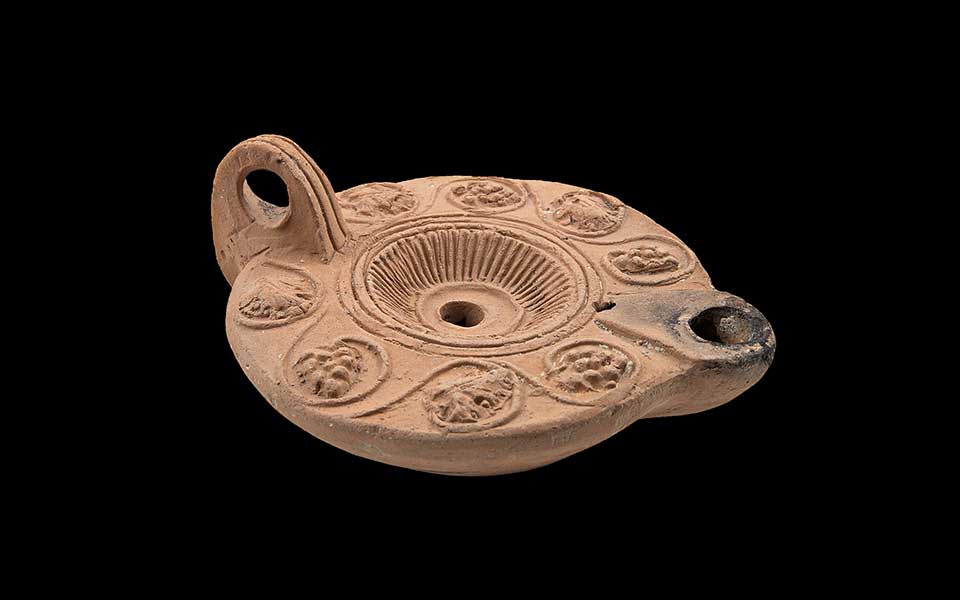
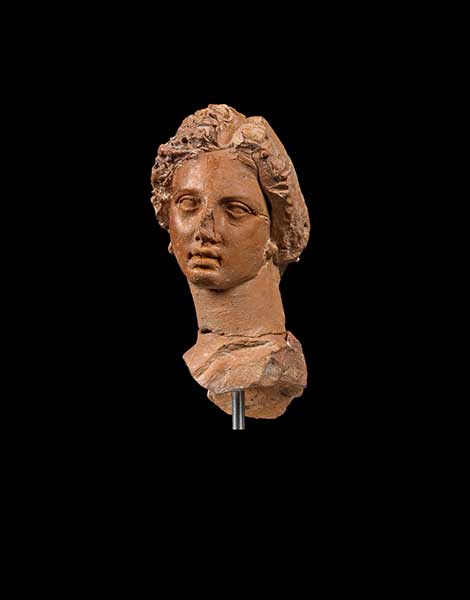
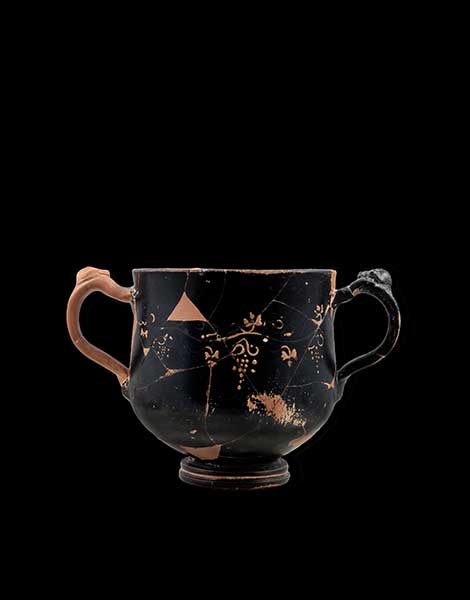
Emphasis on the people
The Greeks’ defeat of the Persians in 479 BC marked the start of a new era for Greece, and for those living around the Acropolis, as now their communities were incorporated inside Athens’ newly constructed defensive walls. A new, well-organized neighborhood gradually arose, with proper urban planning that delineated streets, city blocks and public and residential areas which, over time, would come to have extensive water-supply and drainage systems.
The daily life of this district, as it prospered, declined and rose again over the next 17 centuries, is illustrated through the new exhibition’s remaining 11 thematic units. What is truly great about the new Excavation Museum is the amount and the exceptional diversity of the material recovered, finds that shine a bright light on almost every aspect of ordinary human existence, including the daily rhythms of life in a bustling neighborhood filled with small and large private houses; baths, fountains and latrines; shops and workshops; crossroad shrines; and numerous wells and cisterns that often became refuse pits after being abandoned, or following episodes of destruction.
One such informative archaeological deposit from Cistern III in House L, resulting from the ravaging of the neighborhood by the Roman general Sulla’s troops after they breached Athens’ walls in 86 BC, reflects the post-conflict clean-up of what had likely been a shop, connected to a residence, that sold oil, wine or solid foodstuffs. A mix of commercial and household equipment includes ceramic items for transporting, storing and measuring products, as well as for preparing and serving food; containers for oil, herbs, perfumes, cosmetics and jewelry; jugs and cups for wine; beehives for honey production; lamps; and loom weights. Lead tokens from the cistern, displayed separately – bearing images of a bird, hare, cicada and mouse playing a flute – show how customers may have paid for their purchases.
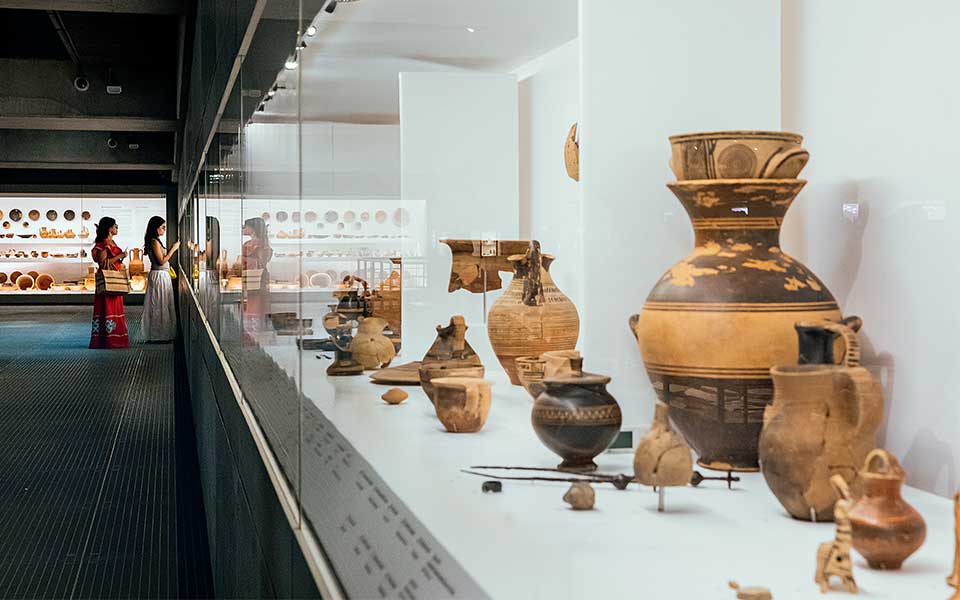
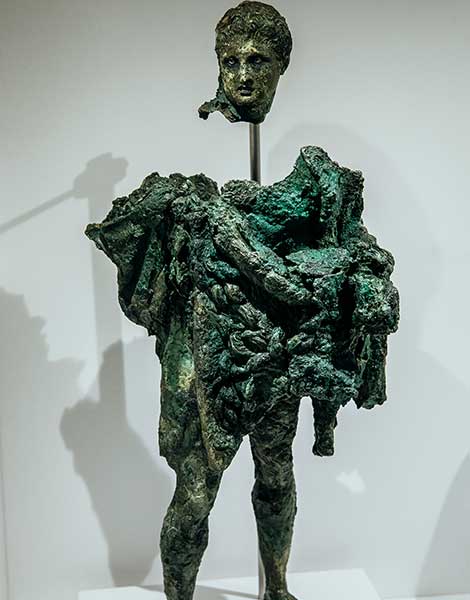
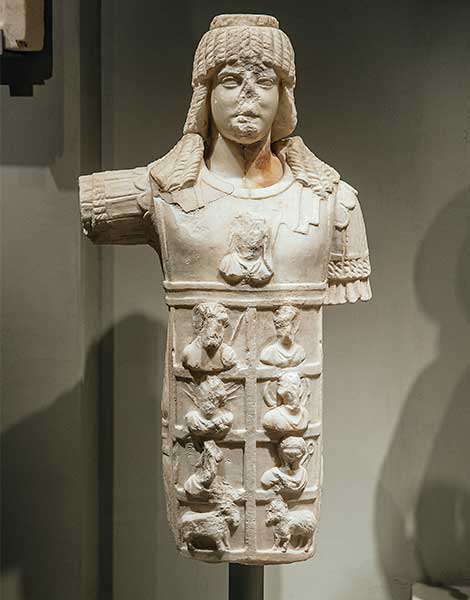
Illuminating 17 centuries
Along the row of thematic displays we also find a diachronic selection of handmade, wheel-made and molded oil lamps of clay and glass from Classical through Byzantine times. Sections highlighting men’s and women’s lives feature bronze jurors’ ballots; luxurious finger rings; bone eyelets for shoelaces; banqueting equipment; dice and other game pieces; jewelry box keys and hinges; glass and alabaster vessels for creams, powders and perfumes; mortars with their pestles; and bronze implements for body care or minor medical procedures, including tweezers, stirrers, spatulas, spoons and even probes for checking one’s ears and cleaning out the wax. In the section on children called “Growing Up in the Neighborhood,” there are simple one-piece or articulated dolls, colorfully painted child-shaped rattles, animal figurines, horses on wheels, spinning tops, and even knucklebones, used in the game of the same name, from sheep.
Evidence for writing ranges from inkpots and bone styli to a note scratched on a roof tile fragment; makers’ marks on lamps; storage container labels; and personalized drinking cups bearing either names (for example, “Philippou”) or initials. Cooking was done both inside and outside the home in ovens or on portable braziers, using clay pots, funnels and grills. Commerce is attested by coins, money boxes, balance weights and amphora stamps, while industry, especially apparent later in the neighborhood’s history (7th-8th, 11th-12th century AD), can be traced through clay figurine and bronze-casting molds, marble statue fragments, lead tools, kiln spacers, defective pots, and lumps of foundry slag.
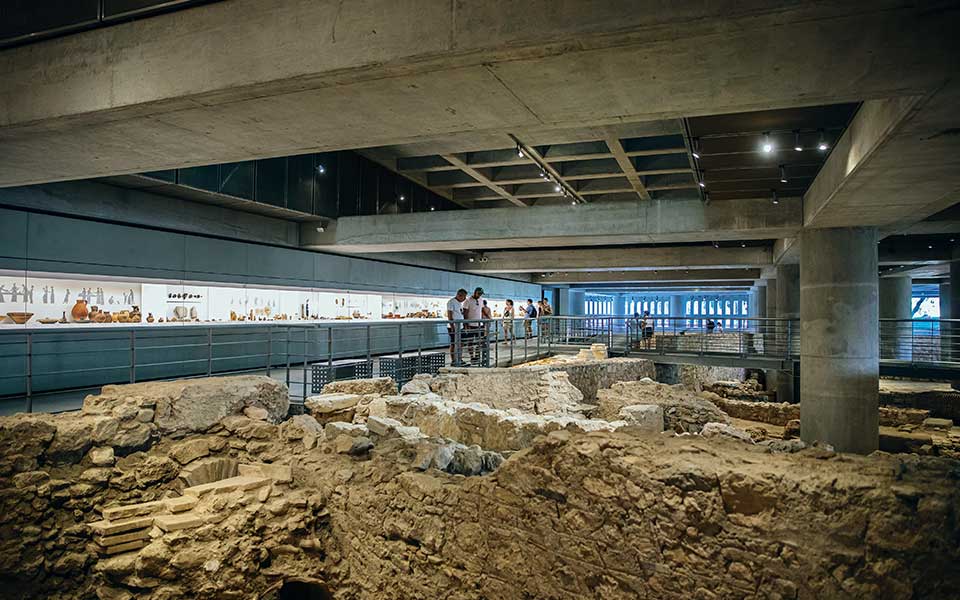
© Dimtris Vlaikos
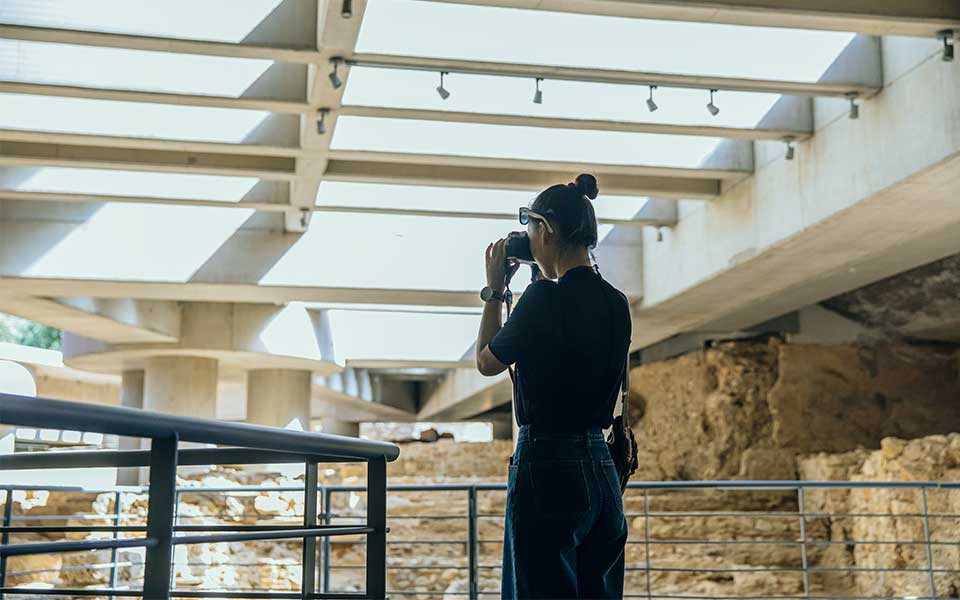
© Dimtris Vlaikos
Sculptural masterpieces
The motley host of male citizens, women, children, foreign residents (metics) and slaves who once populated the Makriyiannis plot’s long-lived neighborhood comes vividly to mind through this myriad of personal possessions. Perhaps the most visually impressive displays are found at the end, however, when we enter the dramatically lit sculpture gallery. There, the spiritual life of the district’s residents is highlighted with finely carved stone statues and reliefs of Athena, Artemis, Asclepius, Hygeia, Aphrodite, and Eros, as well as of Cybele, the protector of cities, public life and social norms.
Selene (the moon) and Hekate (darkness, magic, and guardian of crossroads) were also revered, and there are bronze figurines of Apollo and Heracles, too. A unique, intricately detailed ivory figurine of Tyche (fortune) of the city of Athens, wears a mural crown, the symbol of cities, and may depict the chryselephantine cult statue in Tyche’s temple built by Herodes Atticus in the 2nd century AD, on Ardittos Hill beside the Panathenaic Stadium. With the embrace of Eastern deities and mystery cults during Hellenistic and especially Roman times, we are reminded of the increasingly international, multi-ethnic character of Athens. Serapis and Osiris become melded with Zeus and Dionysus, seen here also in ivory. Artemis of Ephesus and the Trinity of Palmyra (Baal, Iarhibol, Aglibol) also appear.
But most striking are the marble statues of Osiris-Dionysis Chronokrator, assimilated with Aion (symbolized by the coiled serpent) who represents eternal and cyclical time, and Zeus Heliopolitanus, the patron of Heliopolis in ancient Syria (Baalbek, Lebanon), god of agricultural nature and fertility. Never before has this statue type been discovered in Greece. His tunic is decorated with the seven planets of the ancient cosmos – Kronos (Saturn); Zeus (Jupiter) and Hera (instead of Aphrodite/Venus); Helios (Sun); Selene (the moon); Ares (Mars); and Hermes (Mercury). With the sculpted portrait of a stern-faced lady (AD 421-430), the Excavation Museum offers us a glimpse of the Byzantine empress Eudokia, Theodosius II’s Athenian-born wife – thought to have founded the first Christian church in the city of Athens, established in the courtyard of Hadrian’s Library.












